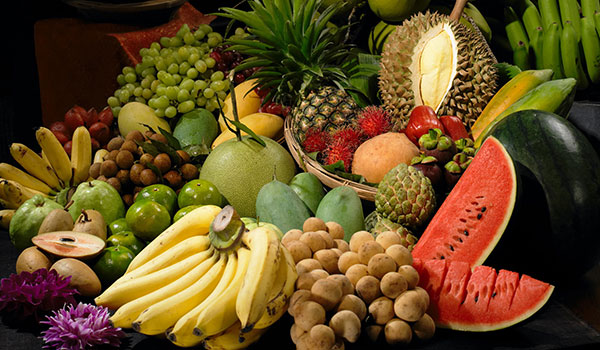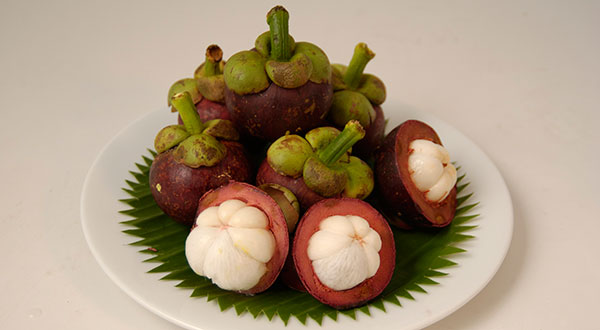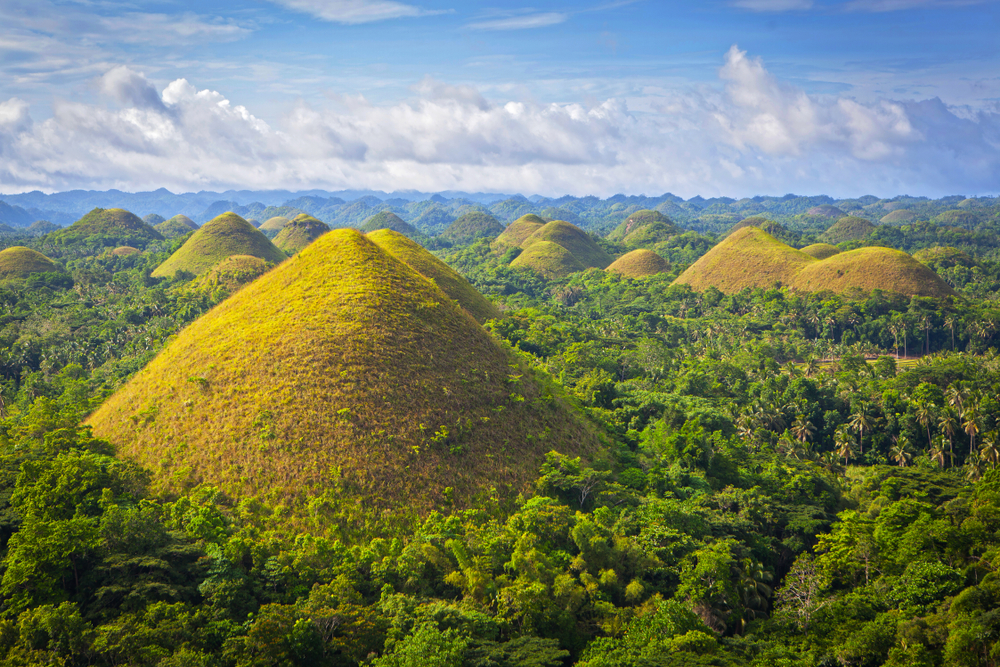Published on June 3, 2013

There are many weird and wonderful tropical fruits on our planet. Nearly all of them can be found growing, by accident or design, in Southeast Asia. Many freaky looking fruits, such as the dragon fruit, tamarind, custard apple, and jackfruit are native to other parts of the world but have found popularity and ubiquity in the ASEAN region. Here we summarise a small selection of sweet and sour strangeness that originated in Southeast Asia.
Dubbed the “king of fruits”, the durian (pictured below) is found throughout Southeast Asia. Celebrity has its drawbacks, of course, and the hefty monarch has plenty of detractors. This has a lot to do with its pungent aroma and strange combinations of flavours, inspiring such creative descriptions as “eating onion custard in a public toilet block” to the more flattering “almond-flavoured custard”. Needless to say, the durian is an acquired taste that has spawned a connoisseur culture wherein those in the know tap and sniff the tough spiky husk with the air of oenophiles, and varieties considered superior command princely prices. Few travellers to the region take to the fruit immediately so the durian provides a great icebreaker at wet markets and street stalls where locals delight at the reactions of the uninitiated.

Nearly everyone who tries a fresh mangosteen (pictured below) for the first time immediately places it in their top five favourite fruits; for many it’s numero uno. The website ‘mangosteen.com’ aptly describes how to enjoy this delectable treat; the “queen of fruits”:
The mangosteen has a soft white edible center that is similar in construction to the sections of an orange … The smaller segments are seedless and seem to melt in your mouth, releasing a delicious juice that is a perfect balance of acids and sugars. The rind, or pericarp, is about 4 to 6 mm thick and when freshly harvested is somewhat soft. The fruit at that time can be opened by squeezing until the rind splits, exposing the edible segments inside … Using a knife simply makes the opening process neater and you are less likely to mix small pieces of the bitter rind into the delicate edible segments. Several days after harvesting, the skin begins to harden as it dries. At that point, a knife is essential to open the fruit …

Unfortunately, the mangosteen has a very short shelf life and attempts to preserve the integrity of those fantastic flavours for the off-season have largely failed. So if you want to taste one of the most delicious things in the world, come to Southeast Asia.
The hard spiny gac grows on climbing vines throughout Southeast Asia. The cantaloupe-sized fruit is possibly most revered in Viet Nam where the red pulp that surrounds the interior seeds is cooked with sticky rice and served at important events such as weddings as a symbol of life and vitality. After centuries of use in eastern medicine, the gac fruit is currently being touted as a super food in the west where it is marketed as a dietary supplement. Fresh gac fruit has been described as tasting like sweet cucumber; subtle and delicate. However, it is rare to find fresh gac outside its cultivation areas so if you are keen to try this freaky fruit, plan a trip to ASEAN.
The fuzzy rambutan is a strange-looking little thing native to Southeast Asia. When ripe, it is bright red (rarely orange or yellow) and best bought in bundles still attached to narrow branches. It’s simple to pull apart the soft leathery skin to reveal translucent white flesh covering a woody seed. The flesh of the best rambutans easily detach from their seeds. While reminiscent of sweet grape in flavour, the rambutan has a slightly firmer texture. The seeds can also be cooked and eaten. The rambutan is usually consumed fresh but is also canned or made into jams. When in season, you will see them piled up for sale in markets and street stalls throughout the region.






